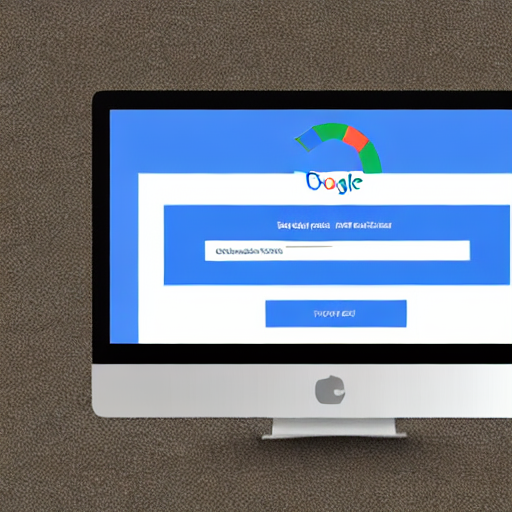

Managing Google Ads accounts for multiple clients can quickly become overwhelming. A poorly structured account leads to wasted budget, inefficient targeting, and ultimately, disappointed clients. This guide provides a detailed breakdown of the best practices for structuring your Google Ads accounts to maximize efficiency, improve campaign performance, and deliver exceptional results. We’ll cover everything from account organization to keyword selection, ensuring your agency is equipped to handle complex campaigns with confidence.
The foundation of any successful Google Ads strategy is a well-defined account structure. Think of it as the blueprint for your campaigns. A disorganized account leads to a chaotic approach to advertising, making it difficult to analyze data, make adjustments, and demonstrate ROI to your clients. A logical and systematic structure streamlines the management process, allowing you to quickly identify areas for improvement and optimize for maximum performance. Without it, you’re essentially flying blind.
At the account level, you’ll establish broad categories for your client’s business. This is the first layer of organization. Typically, you’ll have at least one account per client, but complex businesses might require multiple accounts for different product lines, geographic regions, or marketing objectives. Let’s consider an example: a retail clothing brand might have separate accounts for ‘Men’s Apparel’ and ‘Women’s Apparel’ based on product category. Another common approach is to segment by geography – ‘North America’ versus ‘Europe’. The key is to choose a segmentation strategy that aligns with your client’s business and reporting needs. Furthermore, consider using sub-accounts for large clients with diverse marketing needs. This allows you to isolate performance and reporting for different departments or campaigns.
Once you’ve established the account level, you move to the campaign level. This is where you define your advertising objectives. Google Ads offers several campaign types, each suited for a specific goal. Let’s break them down:
Within each campaign type, you’ll define your advertising goals. For a Search campaign targeting ‘running shoes,’ your goal might be ‘Clicks’ or ‘Conversions,’ depending on your client’s objectives. For a Display campaign promoting a new product, the goal could be ‘Impressions’ or ‘Brand Awareness’.
Ad groups are the next level of organization, and they’re arguably the most crucial. A well-structured ad group focuses on a very specific set of keywords and ad copy, ensuring relevance and maximizing Quality Score. Aim for ad groups with 10-20 keywords maximum. More than that, and you risk diluting the focus and decreasing Quality Score.
Selecting the appropriate keyword matching type is vital for controlling your budget and targeting. Here’s a breakdown:
Beyond keywords, leverage Google Ads’ advanced targeting options to refine your reach. These include:
Setting appropriate budgets and choosing the right bidding strategy are fundamental to campaign success. Start with a conservative budget and gradually increase it as you gather data and optimize your campaigns. Consider using automated bidding strategies like ‘Target CPA’ or ‘Maximize Conversions,’ but always monitor their performance closely.
Effective Google Ads management is an ongoing process of monitoring, analysis, and optimization. Regularly review your campaign performance, identify areas for improvement, and make adjustments to your bids, targeting, and ad copy. Use Google Ads’ built-in reporting tools and consider using third-party analytics platforms for deeper insights.
By following these best practices, you can create a Google Ads account structure that maximizes your campaign’s performance and delivers results for your clients.
This explanation provides a comprehensive overview of building an efficient Google Ads account structure. Remember that each campaign and business is unique, so tailor your approach accordingly.
Tags: Google Ads, Agency, Account Structure, Campaigns, Ad Groups, Keywords, Optimization, PPC, Management, Best Practices
0 Comments